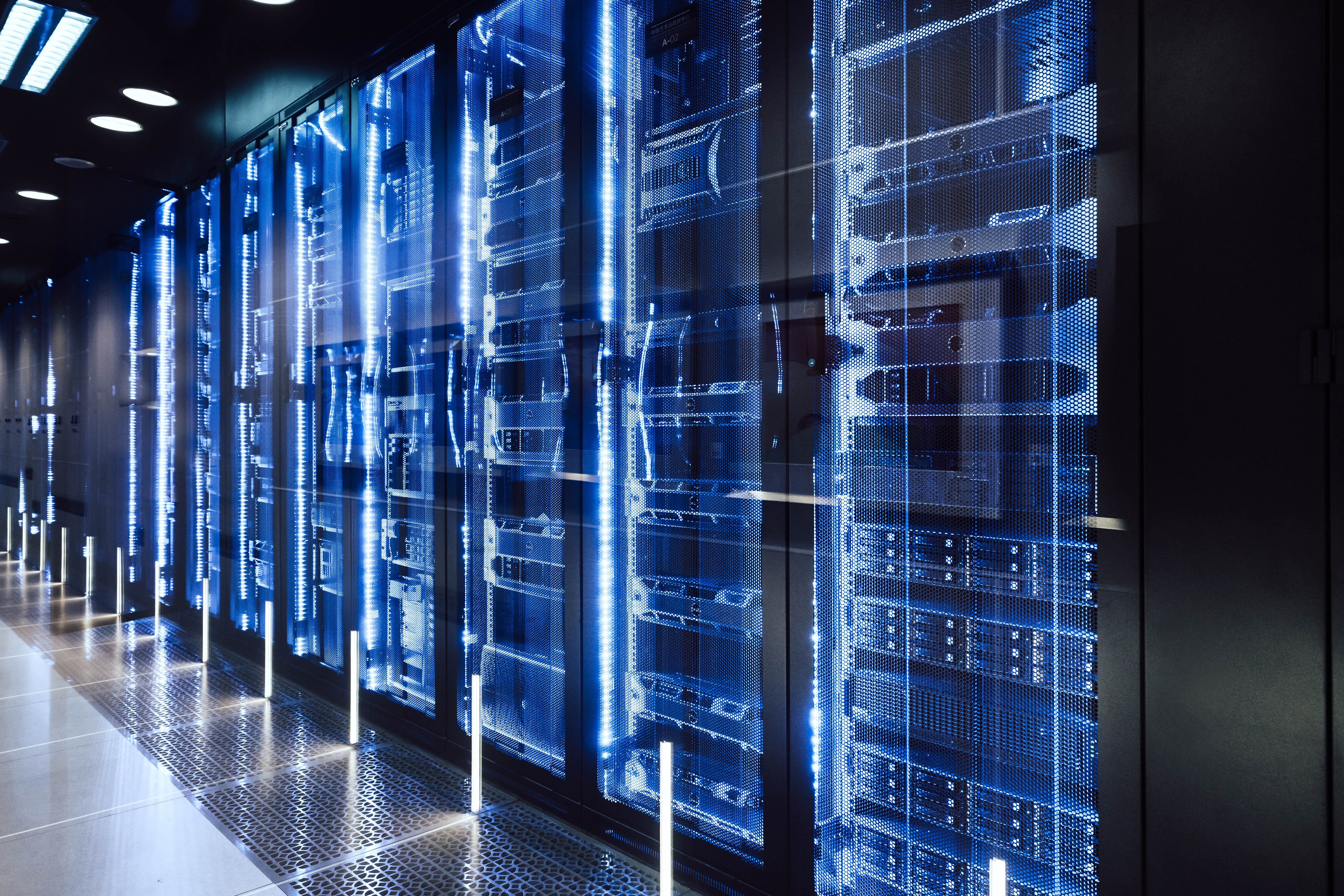
The Meet-Me Room (MMR) is the key location in a datacenter, where all the cables and fibres from the data center racks arrive. They are then plugged in and connected to each other to facilitate the exchange of data, creating a complete ecosystem of connectivity. DATA4 points out the importance of MMR, how it works, and why it is useful.
Internet and peering point
There are many carriers networks. Globally, the most well-known are AT&T, Verizon, NTT, China Mobile, Telefonica, Vodafone or Deustche Telecom. But there are many others, which are less well known because they mainly target businesses.
These networks are connected to each other, and are paired, i.e. interconnected, in places called “peering points”.
What if we were to tell you that the Internet does not exist? Or, more precisely, that the “magic” of the Internet operates through the multiplicity of these networks, connected through these peering points?
Network operators agree to exchange their traffic freely for mutual benefit: the Internet.
MMR: the “peering point” of the data center
Each data center contains computer equipment that is linked together, operated by each company. This set of equipment forms a mini computer network, which communicates with the rest of the world if and only if it is connected to the “outside”. What do we mean by “the rest of the world”?
- the Internet (for web servers);
- Company offices (for business applications);
- Cloud networks (if they are not connected “outside”).
Just as operator networks need peering points to operate, computer networks also require a node to connect to each other. This junction point is located in the datacenter and is called an MMR, or “Meet-Me Room”.
Who is connected in an MMR?
An MMR is used to connect:
- Companies that have deployed their own servers for their own needs;
- Public or private Cloud providers who have deployed their own servers to host their customers’ applications;
- Operators that connect companies with Cloud providers;
- Access operators – who connect the data center directly to corporate offices through a Virtual Private Network (VPN);
- Transit operators – who connect the data center to the peering points, in order to connect it to the Internet. Through the connections to these peering points, companies make their web pages and applications accessible to any user with Internet access, whether they are local or on another continent, if required.
In practical terms: what is an MMR?
Now that we understand the operating principle behind the MMR and its purpose, all that’s left to be clarified is what it really looks like. Physically, an MMR is a computer room, like many other rooms in a datacenter. It is made up of computer racks containing patch panels, like dominoes, where two of the above-mentioned entities are connected.
The MMR is therefore a computer room that all the network connections must pass through to leave the data center, or to transit from one company to another within the infrastructure.
The MMR: a secure and redundant space
MMR is therefore an extremely important space, since all traffic flows pass through it. Given the stakes involved, access to the MMR is exclusively reserved for the datacenter operator. The operator is entirely responsible for the facility and ensures the continuity of the interconnection service. No customer has access to the MMR, and each connection request is carried out by the operator itself, who then interconnects the two entities – most often a company and an operator – or the data center’s operator, who is responsible for transmitting to the chosen traffic operator.
Since the risk is never zero, the MMR is a room that is often, if not always, redundant (or duplicated) in a datacenter.
MMRs at DATA4
MMRs are a real asset for data centers, as they enable all the customers within a data center to be connected simply, quickly and securely.
DATA4 has the particularity of designing Campuses, i.e. areas where several data centers are built. This solution makes it possible for us to offer a modular, scalable, customisable environment and a wide variety of connectivity services.
To offer this flexibility and security on a Campus scale, DATA4 has developed POP Rooms, which provide the same benefits within the Campus.
These redundant POP Rooms allow all the datacenters and their customers to be connected to each other through their redundant MMRs.
The MMR is therefore an indispensable interconnection point that all the data sent to the outside world must flow through. DATA4 makes every effort to provide its customers with high-performance and flexible MMRs that can be adapted to your needs.

